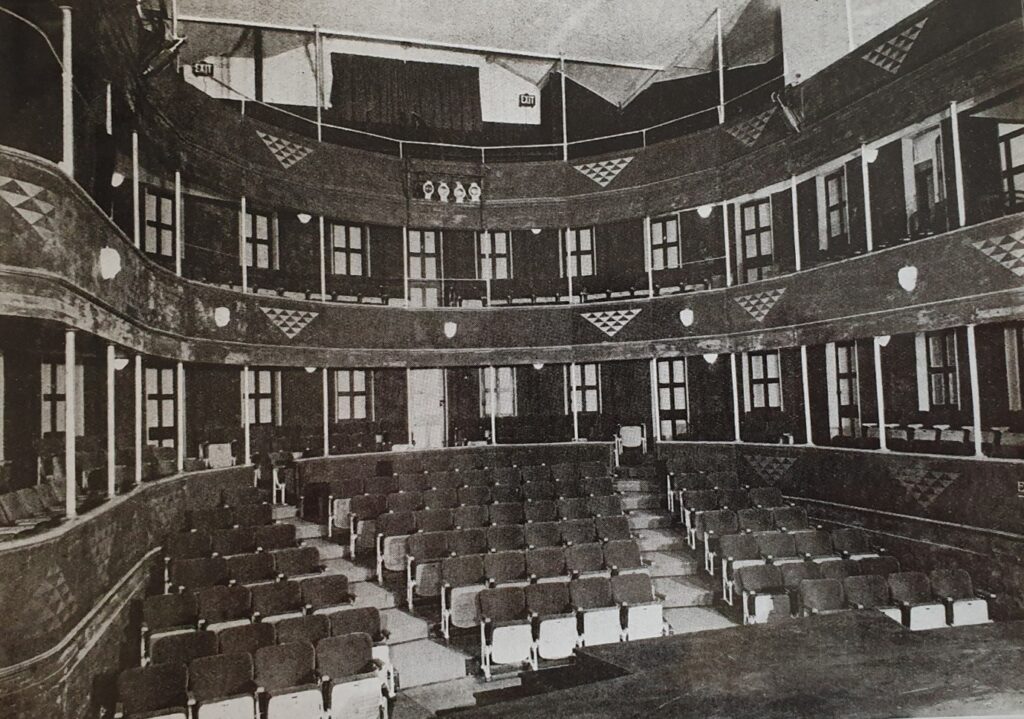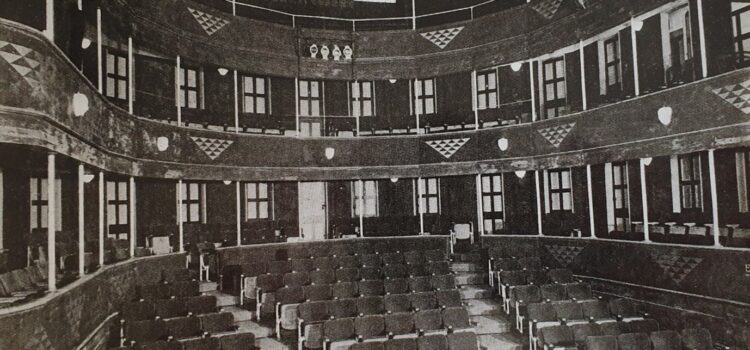Early Doors

Enjoying the latest summer blockbuster? If you live in Cambridge, maybe you visit Vue, or the Picturehouse to see the newest movie release. You might even know of a few cinemas that have closed their doors over the years. It’s possible, for Cambridge has been home to many cinemas. Some big, some small. All creating a space to escape into the world of cinema. This series of blogs will explore some of those picture houses.
The earliest images of film might conjuror trips to the moon or terrified audiences watching as a train steams towards the screen. Conjure is the right word here. Some of the earliest pioneers of film were magicians who incorporated the new art medium into their acts, such as Georges Méliès. Since these early beginnings, Cinema has retained its magic. Audiences in Cambridge have long since been spellbound, as early as 1896!
In these early days, film was included in variety acts. The Tudor’s Circus on Auckland Road was one such place. Here some of the first films were screened in Cambridge. It might be hard to imagine now, but film was cast alongside acts such as ‘David’s Laughing Donkey’, along with local singers and dancers. However, movies would soon become stand alone entertainments. In 1908, this site became the Hippodrome, where it continued to screen movies. However, the popularity of film had grown, and Auckland Road was no longer the only place where the towns people could watch the big screen.

That same year, Alexandra Hall, the Y.M.C.A Lecture Hall in Alexandra Street, also started showing films. This would only last a short time. Both the Hippodrome and Alexandra Hall ceased screenings by the start of the First World War. Years later, the latter was demolished to make way for Lion Yard in 1972. Around the same time, the Y.M.C.A was also demolished. Yet, this was not the end of cinema in Cambridge. A year later in 1909, Picture Place opened its doors. Based in East Road, this building was originally a Working Men’s Club. For a short while, it showed films but would eventually close in 1916. The lives of these early cinemas were short. However, the medium itself had grown year after year.

Cambridge Independent Press, 25 April 1913.
In 1913, the popularity of cinemas led one commentator in the Daily Telegraph to comment, ‘It would appear that the shortest road to fortune is to acquire a picture palace’. Cambridge felt the pull of movies from its ‘American cousins’. Yet, whereas the Daily Telegraph blamed the cinema for increasing land rates, the Cambridge Independent Press countered by arguing that cinemas were prosperous thanks to the community and not, as the Daily Telegraph claimed, the wealthy landlord. The local cinemas continued to be a place of community. When a fire ravaged the village of Swavesey in March 1913 a relief fund was established. The cinemas in Cambridge provided a means to help fundraise for the victims. Nightly collections were made at the Electric Theatre, the Empire in Mill Road, Picture Palace, and Alexandrea Hall. These local cinemas provided relief through escapism and collective philanthropy.
Unfortunately, places like Picture Palace and Alexandrea Hall did not last long. However, there would soon be a triumph. A set of longer-lasting cinemas would follow and played host to a coterie of characters, from on-screen vamps like Theda Bara, to a little mischievous tramp.
[1] Thanks is to be given to Simon Middleton whose research on the cinemas in Cambridge has provided a foundation to this series.
